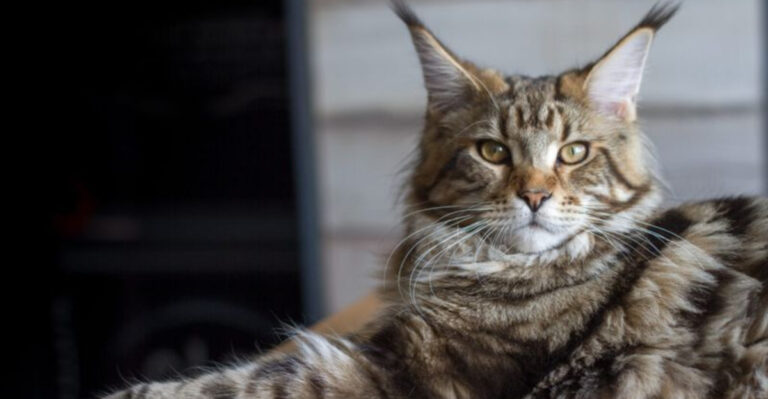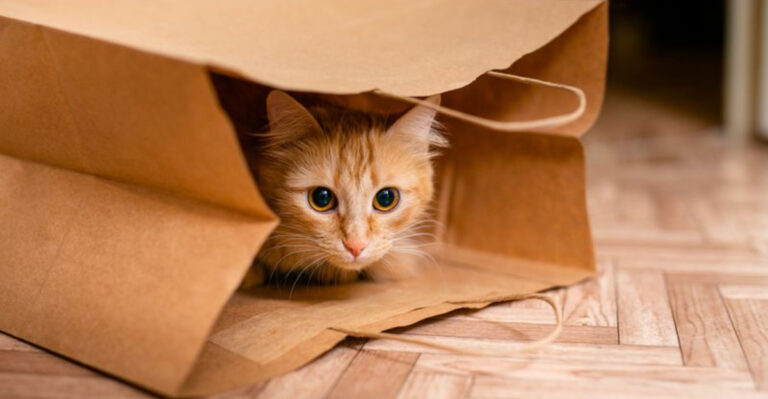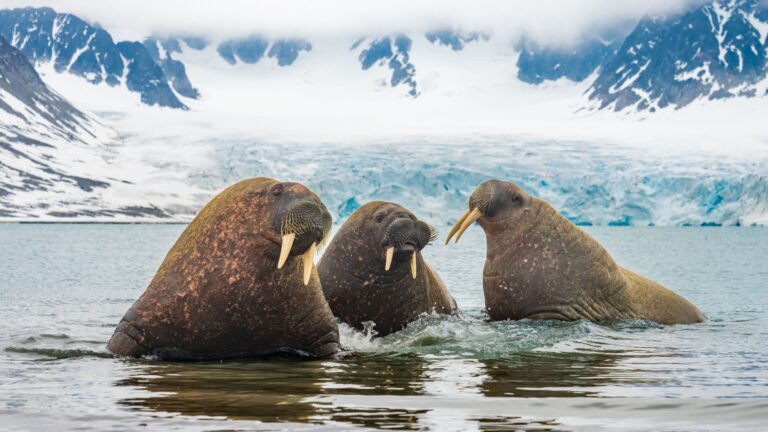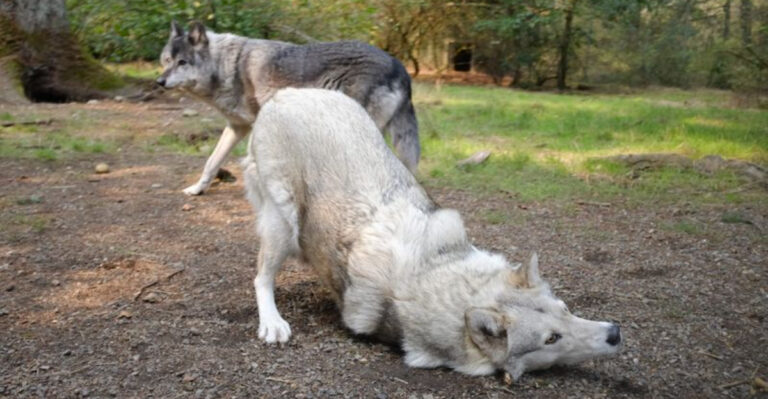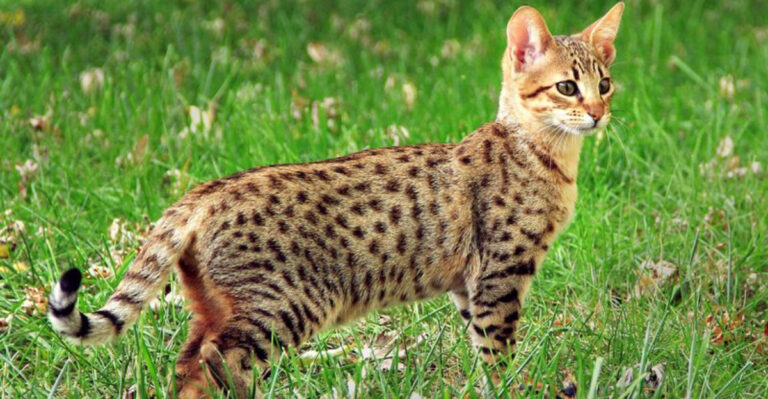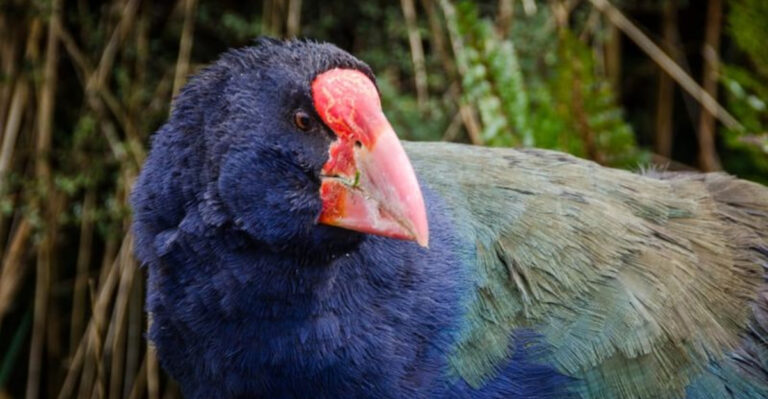14 Fascinating Facts About Florida Cracker Horse – A Key Figure In American Cattle History
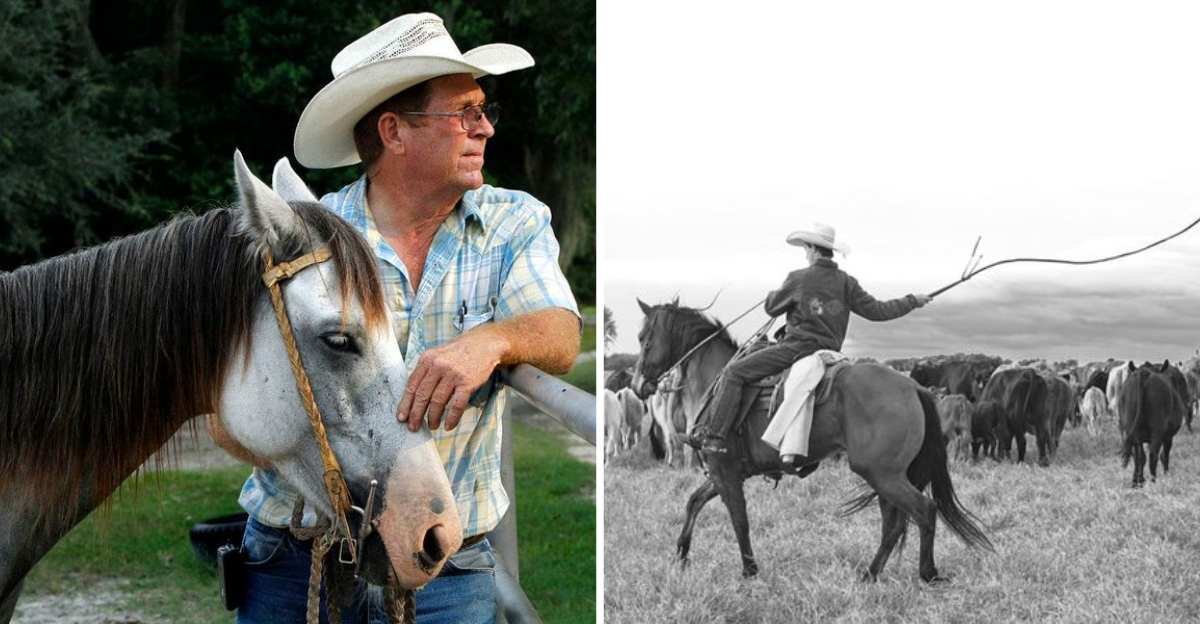
The Florida Cracker Horse stands as a living testament to American frontier history. These hardy equines played a crucial role in Florida’s cattle industry for over 400 years, helping shape the development of the American Southeast.
Their remarkable story of survival, adaptability, and historical significance deserves far more recognition than it typically receives.
1. Spanish Origins Dating Back To The 1500s
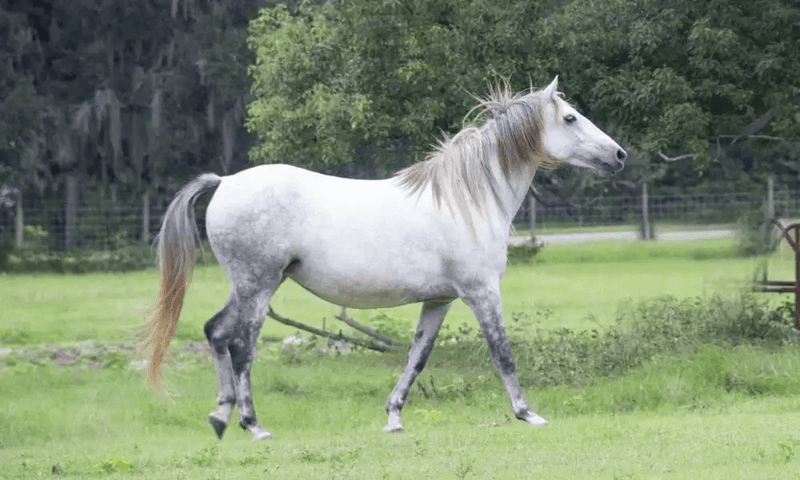
When Spanish explorers first set foot on Florida’s shores in the early 16th century, they brought along Andalusian and Barb horses that would forever change the landscape of North America. These horses, turned loose or escaped during expeditions, adapted to Florida’s harsh environment and gradually evolved into what we now know as the Florida Cracker Horse.
Natural selection favored animals that could withstand intense heat, navigate swampy terrain, and survive on minimal forage. Over generations, these traits became firmly established in the breed.
The transformation from Spanish imports to native Florida horses happened without human intervention, creating animals uniquely suited to the southeastern United States.
2. Named After The Cracking Sound Of Whips
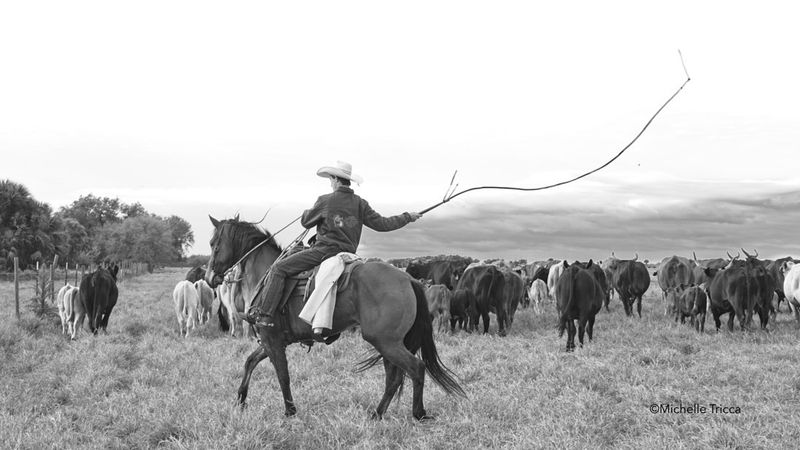
Ever wonder where the unusual name ‘Cracker Horse’ comes from? Early Florida cowboys, known as ‘crackers,’ used long whips that made distinctive cracking sounds when herding cattle through dense scrubland. These skilled riders would crack their whips in the air – never touching the animals – creating a sound that echoed through the wilderness and guided cattle forward.
The horses these cowboys rode became known as ‘Cracker Horses’ because of their association with this unique herding technique. The name stuck, becoming a proud identifier of Florida’s native horse breed.
This whip-cracking method proved especially effective in Florida’s challenging terrain where traditional herding methods often failed.
3. Remarkable Endurance In Harsh Conditions
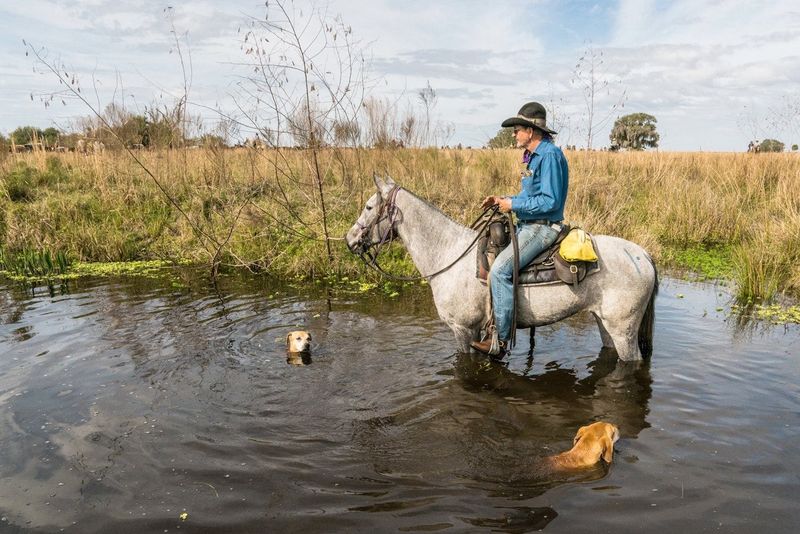
Florida Cracker Horses developed extraordinary stamina through centuries of adapting to Florida’s challenging environment. Unlike pampered European breeds, these horses thrived in sweltering humidity, navigated treacherous swamps, and maintained health despite persistent insect pests that would torment other horses.
Their ability to work tirelessly in temperatures exceeding 100°F made them invaluable to early settlers. While other breeds would quickly fatigue in such conditions, Cracker Horses could work from sunrise to sunset.
This exceptional durability wasn’t achieved through selective breeding but through natural adaptation – only the toughest animals survived to pass on their genes, creating horses perfectly matched to their environment.
4. Ambling Gait Makes For Smooth Riding
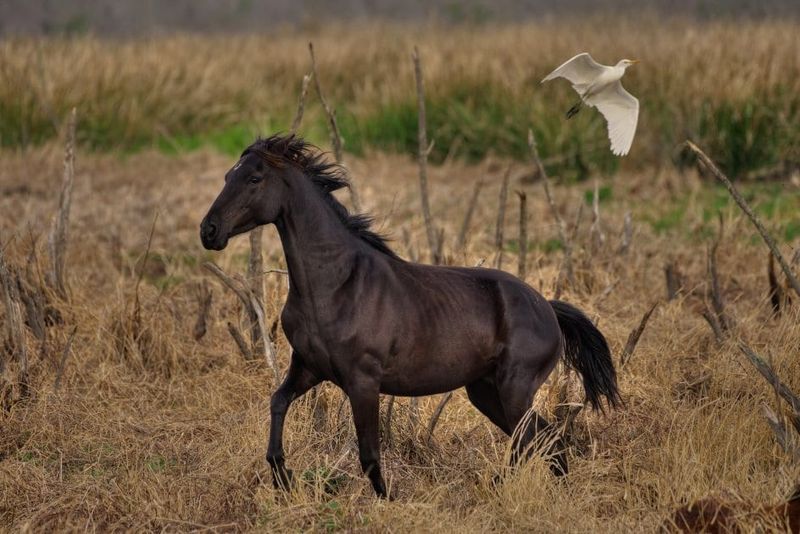
The Florida Cracker Horse possesses a natural ambling gait that sets it apart from many other breeds. This smooth, four-beat gait allows riders to travel comfortably for hours without experiencing the jarring bounce common to trotting horses.
Early Florida cowboys particularly valued this trait when covering vast distances through rough terrain. The fluid motion meant less fatigue for both horse and rider, allowing them to cover more ground with less effort.
This ambling ability, genetically passed down from Spanish ancestors, proved especially useful when monitoring scattered cattle herds across Florida’s expansive rangelands. Modern riders still appreciate this comfortable ride, making Cracker Horses popular for trail riding and endurance events.
5. Nearly Vanished In The 20th Century
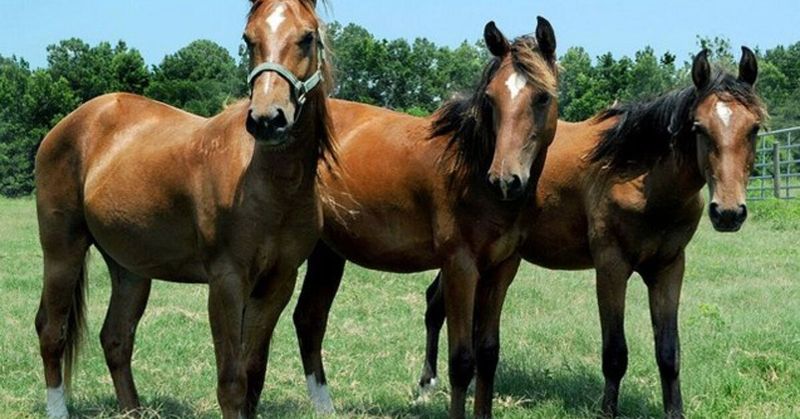
By the 1930s, the Florida Cracker Horse faced extinction as modern ranching methods reduced demand for these once-essential animals. The introduction of trucks, tractors, and fenced pastures made traditional cattle-driving skills less necessary, causing interest in the breed to plummet dramatically.
Crossbreeding with larger Quarter Horses and other popular breeds further threatened the Cracker Horse’s genetic purity. Pure bloodlines dwindled to alarmingly low numbers by the 1980s, with fewer than 100 verified purebreds remaining.
The breed might have disappeared entirely if not for a handful of old Florida families who maintained small herds, preserving this living piece of history through decades when few others recognized its value.
6. Officially Recognized As Florida’s Heritage Horse
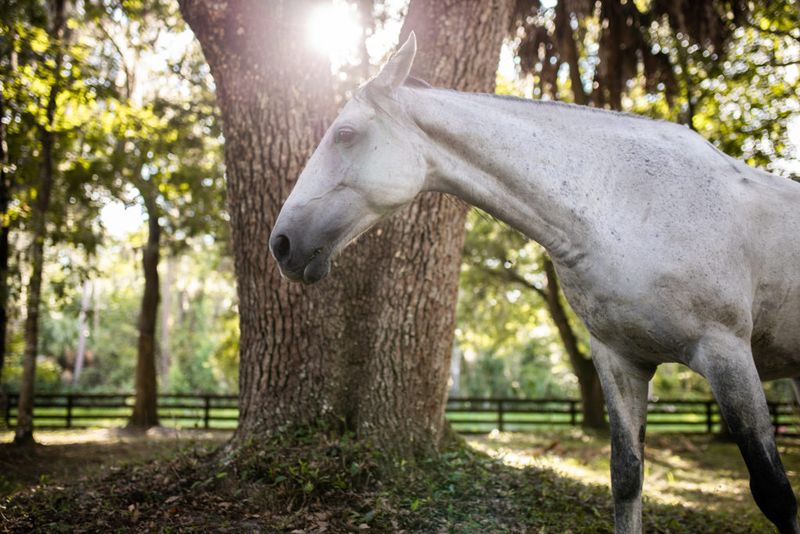
In 2008, the Florida legislature took a landmark step by officially designating the Florida Cracker Horse as the state’s Heritage Horse. This recognition came after decades of conservation efforts and growing awareness of the breed’s historical significance.
The designation provided crucial protection and elevated the breed’s status, helping secure funding for preservation programs. State parks like Paynes Prairie Preserve began maintaining heritage herds, allowing visitors to see these living artifacts of Florida history.
This official recognition acknowledged the Cracker Horse’s fundamental role in Florida’s development from wilderness to statehood. The designation represents more than just protecting a horse breed – it preserves a crucial chapter of American frontier history.
7. Small Size But Mighty Strength
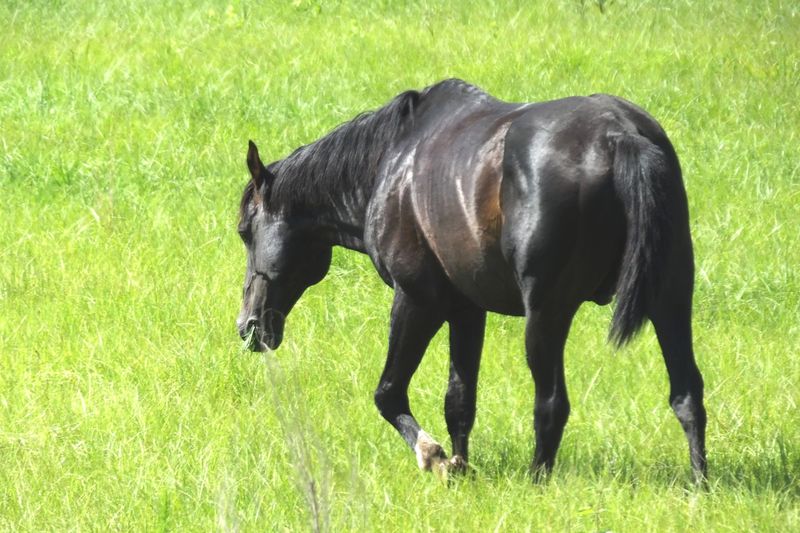
Standing just 13.5 to 15 hands high (about 54-60 inches at the shoulder), Florida Cracker Horses might appear undersized compared to many modern breeds. Yet these compact equines possess strength disproportionate to their modest stature.
Their efficient metabolism allows them to maintain energy on sparse vegetation that would leave larger horses malnourished. Early cattle drivers valued this combination of small size and remarkable power when navigating Florida’s dense palmetto scrub where larger horses couldn’t squeeze through.
Modern owners often express surprise at how these seemingly delicate animals can outwork and outlast much larger horses. Their efficient movement and natural athleticism compensate for what they lack in raw size.
8. Natural Cattle Sense Made Them Perfect Cow Ponies
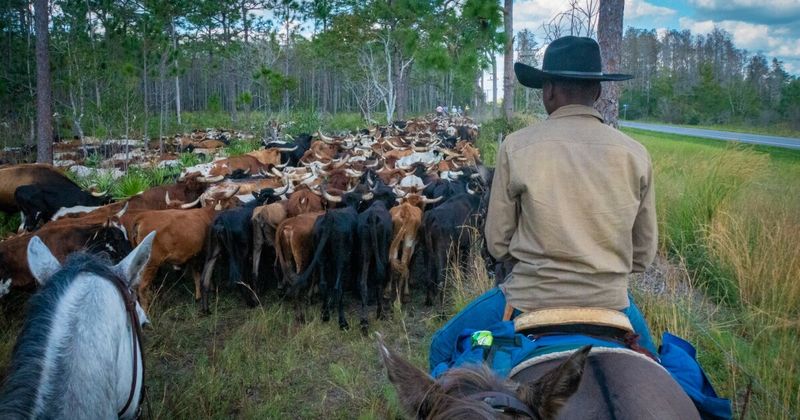
Florida Cracker Horses possess an innate understanding of cattle behavior that can’t be taught. This natural ‘cow sense’ developed over centuries of working with wild Florida scrub cattle, creating horses that instinctively anticipate a cow’s movements before it makes them.
A skilled Cracker Horse can single out specific animals from a herd and hold them separate without constant rider direction. This ability proved invaluable in early Florida, where dense vegetation made seeing cattle difficult.
Even today, ranchers marvel at how quickly young Cracker Horses grasp cattle work compared to other breeds. This inherited intelligence makes them exceptional working partners on modern ranches, where their traditional skills still prove valuable despite technological advances.
9. Key Players In America’s First Cattle Industry
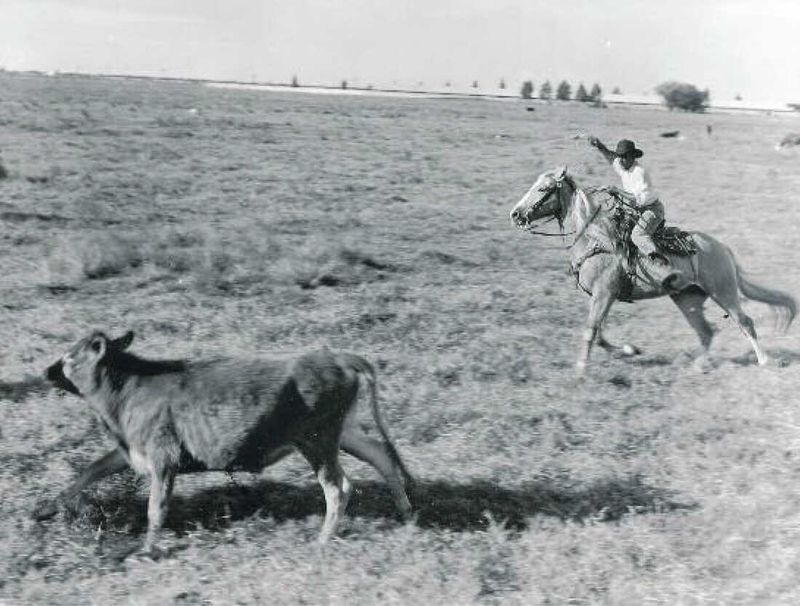
Long before Texas cowboys drove longhorns north, Florida Crackers were managing vast herds in the Southeast. Spanish explorers introduced cattle to Florida in the 1500s, establishing America’s first cattle industry nearly 200 years before western ranching began.
Florida Cracker Horses proved essential to this early industry, enabling cowboys to manage semi-wild cattle across enormous unfenced ranges. By the 1700s, Florida was exporting thousands of cattle annually to Cuba and other Caribbean islands.
This thriving beef trade, built on the backs of Cracker Horses, created wealth that helped establish early Florida settlements. The breed’s contribution to American agricultural history remains vastly underappreciated despite its foundational role in establishing cattle ranching on the continent.
10. Genetic Cousins To Other Colonial Spanish Horses
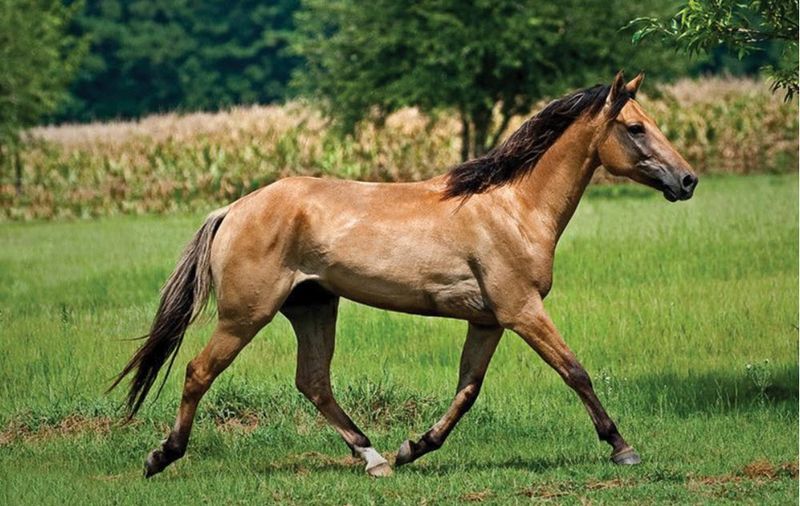
DNA testing confirms Florida Cracker Horses share genetic markers with other rare breeds descended from Spanish colonial horses. Their closest relatives include the Carolina Marsh Tacky, Puerto Rican Paso Fino, and Banker Horses of North Carolina’s Outer Banks.
These genetic connections reveal how Spanish horses spread across the Southeast, adapting to different environments while maintaining core Spanish traits. Each regional variant developed unique characteristics suited to local conditions.
Conservation efforts now often involve collaboration between preservation groups for these related breeds. By working together, breed registries can maintain genetic diversity while preserving the distinct characteristics that make each breed special – a living genetic record of early colonial America.
11. Distinctive Head Profile Reveals Spanish Ancestry
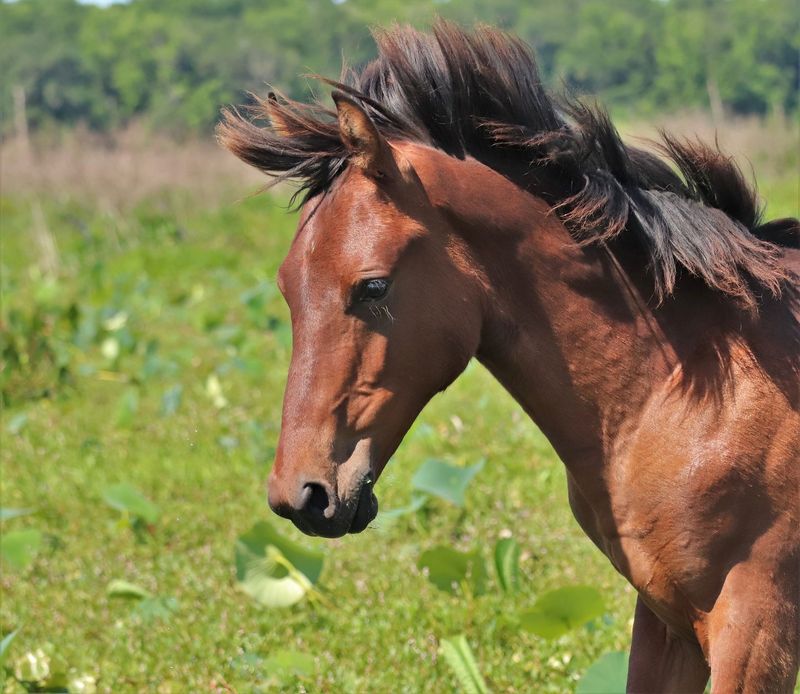
The Florida Cracker Horse’s head tells the story of its ancestry at a glance. Their distinctive profile features a straight or slightly convex nose, prominent eyes set wide apart, and small, alert ears – all hallmarks of their Spanish Barb and Andalusian heritage.
This refined head structure differs noticeably from the blockier heads of northern European horse breeds. Breed experts can often identify a Cracker Horse immediately by this characteristic profile.
Beyond aesthetics, this head shape serves practical purposes. The large eyes provide excellent peripheral vision for spotting predators, while the refined muzzle allows precise grazing among thorny vegetation – adaptations perfectly suited to Florida’s challenging environment.
12. Versatile Workers Beyond Cattle Driving
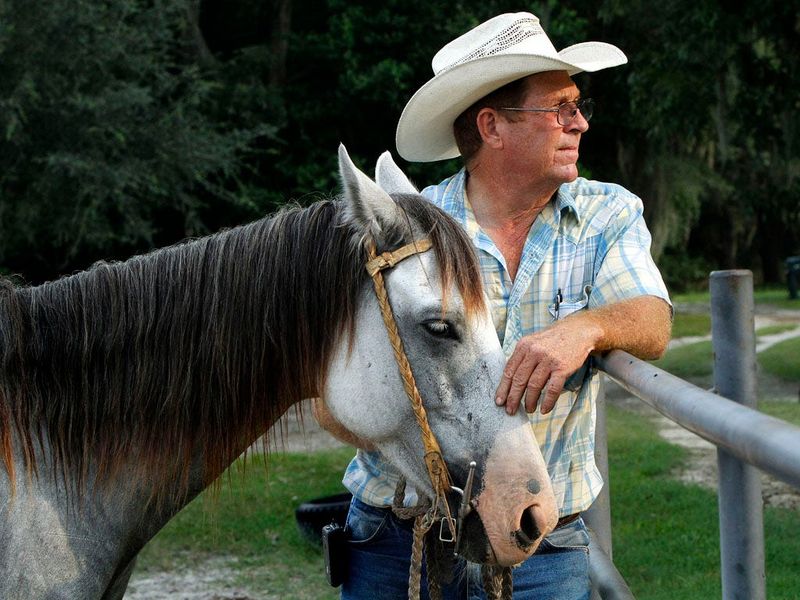
While famous for cattle work, Florida Cracker Horses served many other crucial roles in early Florida settlements. Their versatility made them indispensable as plow horses, transportation, and even light draft animals for hauling timber from forests.
Early Florida families relied on these horses for everything from delivering mail through swampy terrain to pulling Sunday church buggies. Their sure-footedness made them ideal for traversing Florida’s varied landscapes from sandy beaches to muddy swamps.
During the Civil War, Cracker Horses carried Confederate cavalry through terrain that repeatedly bogged down northern mounts. This adaptability to multiple tasks made a single Cracker Horse more valuable to frontier families than several specialized animals.
13. Modern Conservation Efforts Saving The Breed

Today’s Florida Cracker Horse owes its survival to dedicated conservation programs launched in the 1980s. The Florida Cracker Horse Association maintains the official registry and establishes breeding standards to preserve authentic traits while preventing harmful inbreeding.
Several state parks maintain heritage herds, including Paynes Prairie Preserve and Withlacoochee State Forest. These public herds serve both conservation and educational purposes, allowing visitors to see living history.
Private breeders committed to preservation now maintain the majority of the population, which has grown from fewer than 100 purebreds to approximately 900 registered animals today. While still listed as critically endangered by the Livestock Conservancy, the breed’s future looks brighter than it has in decades.
14. Remarkable Resistance To Parasites And Disease
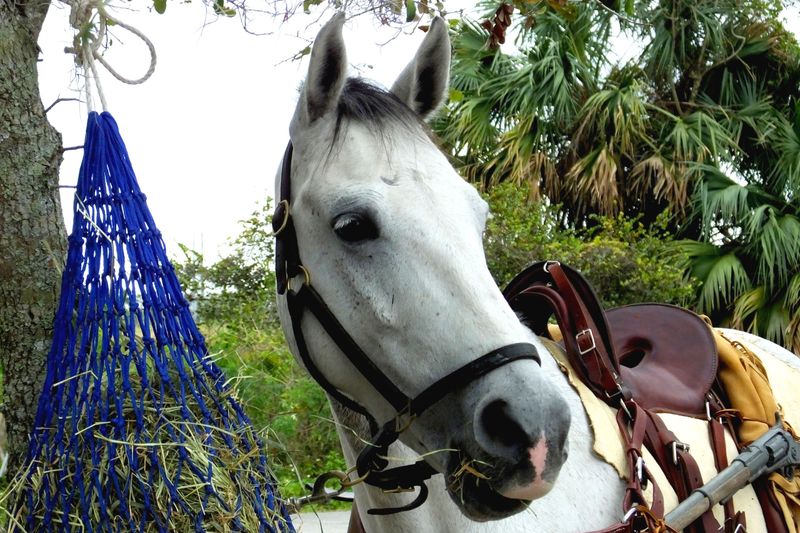
Florida’s subtropical climate creates perfect conditions for equine parasites and diseases that devastate non-native horses. The Florida Cracker Horse developed extraordinary natural immunity to these threats through centuries of adaptation.
Their resistance to insect-borne diseases like equine encephalitis and their ability to tolerate heavy parasite loads without ill effects amazes modern veterinarians. This natural immunity developed because only the most resilient animals survived to reproduce in Florida’s challenging environment.
Modern owners report significantly lower veterinary costs compared to other breeds. This biological resilience represents one of the breed’s most valuable traits – genetic resistance developed over 500 years that no modern breeding program could replicate.
15. Growing Popularity In Modern Equestrian Sports
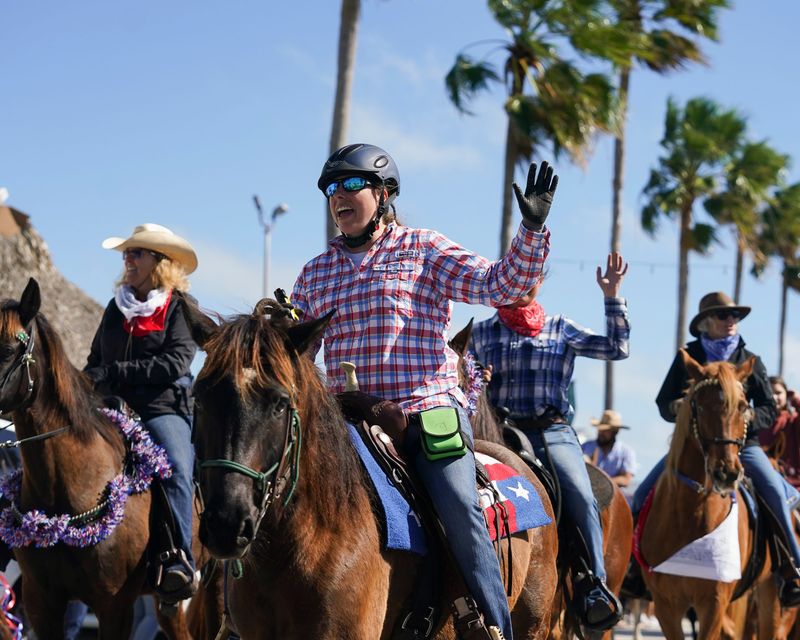
A new generation is discovering the Florida Cracker Horse’s exceptional qualities in competitive riding events. Their natural agility makes them outstanding performers in cowboy mounted shooting, team penning, and other western sports requiring quick turns and rapid acceleration.
Endurance riders particularly value their stamina and heat tolerance for long-distance competitions. The breed’s smooth ambling gait proves ideal for competitive trail riding, where comfort over many miles becomes crucial.
Youth programs increasingly feature Cracker Horses because of their manageable size and level-headed temperament. This growing popularity in diverse equestrian disciplines helps secure the breed’s future by creating demand beyond historical preservation, ensuring these living artifacts continue finding purpose in modern times.

